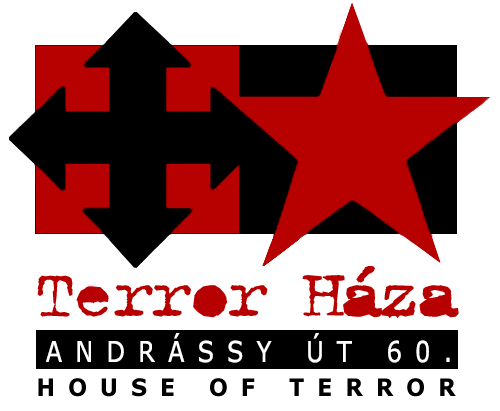Following World War II, the communists forced a new ideological-political system on Hungary. In reply resistance movements were organized in our fatherland with the participation of representatives from all social strata. The three monitors in the hall display the reminiscences of survivors, who took part in the resistance movements of 1945-1956. Copies of contemporary propaganda leaflets can be seen on the tables.
Because a people said: enough is enough!”
Sándor Márai
Even after their downfall, the communists tried to conceal the extent of opposition to them throughout Hungarian society after 1945. The exhibition at the House of Terror Museum was the first to show the overwhelming force of that resistance. Tens of thousands of people undertook to organise armed movements, distributed protest leaflets and planned the overthrow of communist tyranny. Resistance groups risked death to regain freedom and independence. The political police, the State Protection Authority (ÁVH), sought to install spies everywhere. But for a long time they had no success – for example in Békéssámson, a small village in Békés County, where for years the brave young lads outwitted the communist state security apparatus when distributing their simple leaflets.
Between 1945 and 1956 alone, on around fifty separate occasions the authorities launched proceedings against those they accused of plotting against the state. Nearly 500 resistance activists were executed. Tens of thousands were imprisoned.










